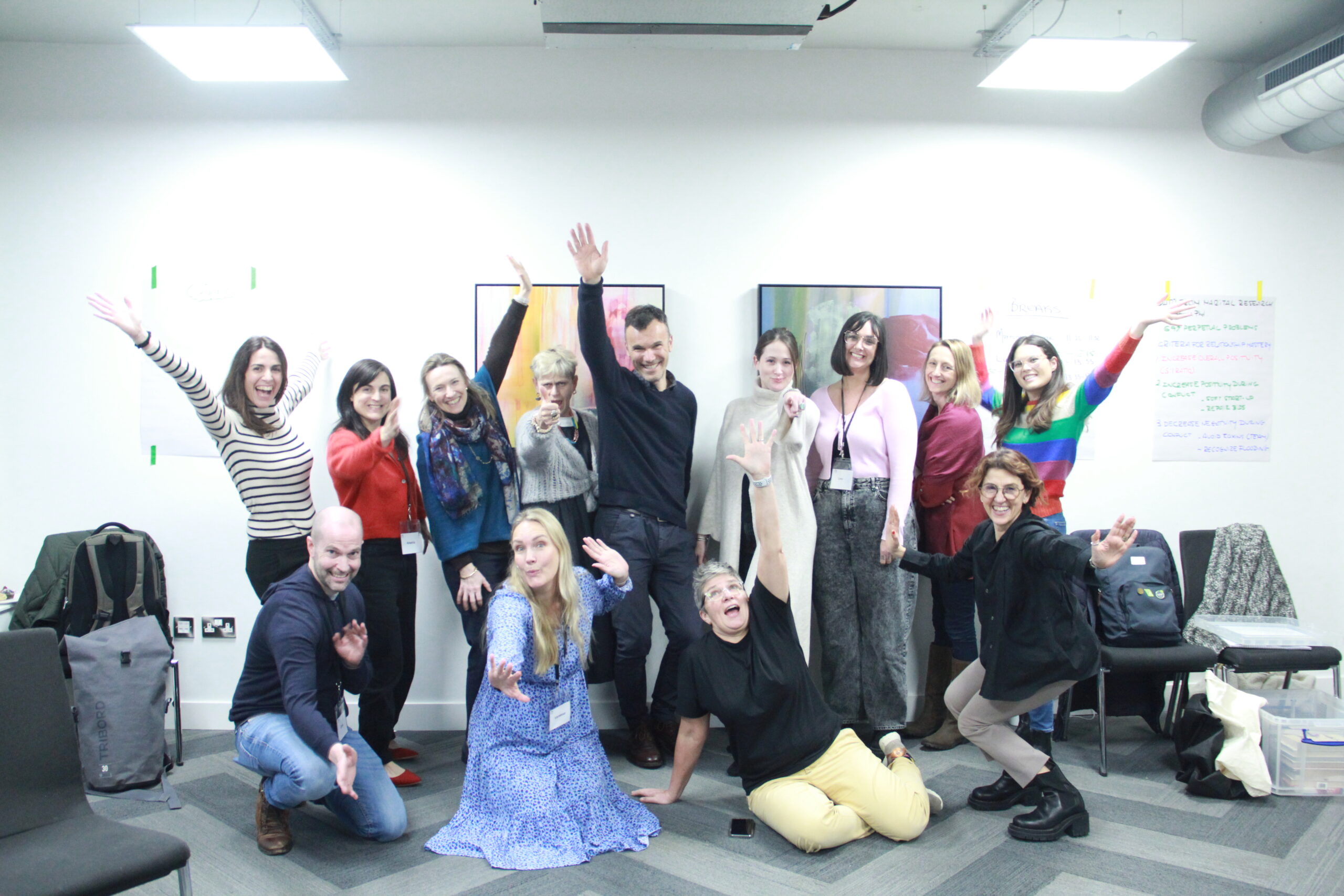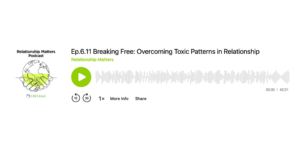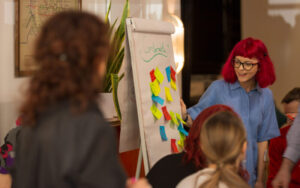As someone who has taken both online and in-person courses, I can safely say that there is something sparky about being up amongst it in a physical classroom. While online courses offer a lovely comfort blanket that comes with convenience and flexibility (aka minimal effort), in-person courses deliver an always unique learning experience that I just don’t think can be replicated through my oh so loved laptop screen.
There’s just something special about travelling somewhere new, buying myself breakfast and a breathtakingly overpriced oat caramel latte, and strutting from the venue back to the train station with a newfound confidence that I’ve conquered something new, that online courses just don’t give.
Back in March, I completed the Fundamentals of ORSC module in-person.
One of the juiciest advantages of this in-person course was the opportunity for face-to-face interaction with both the leaders and fellow participants. Virtual learning has been a saving grace for the past couple years, but there’s always an awkward glitch or a technical issue or someone who doesn’t notice their sitting in the dark, or a webcam that’s from 2010… the list goes on.
Being able to ask questions and receive immediate uninterrupted feedback is invaluable, and the convos that take place in a classroom setting just seem to hit different. Virtual learning can almost filter out facial expressions, body language and intuitive reactions, so being able to observe this all in-person, was incredibly enriching. ORSC is all about relationships and whilst training virtually is brilliant, I can’t help but feel without the face-to-face experience of this massively impactful methodology, you’re not getting the full in your face effect.
Another big yes of attending in-person was the structure and routine of the two days. When attending a physical course, you’re forced to adhere to a schedule and show up at a specific time and place. As someone who has Dyspraxia and is waiting on an ADHD diagnosis, I can’t explain how helpful this is for me when training. I can really struggle with time management, procrastination, distraction, and concentration and being in a face-to-face setting helps keep me focused and gives me a sense of accountability (in a supportive way).
Furthermore, in-person courses often offer hands-on learning, physical interaction, and practice. In-person courses allow students to engage with the material in a way that is simply not possible through a computer screen and vice-versa! After attending in-person, I feel like I also would need to attend virtually, to get the experience from both sides. To assume I would be able to flawlessly translate everything I’ve learnt in-person to a virtual setting would, I feel, be a tiny bit ignorant of me.
ORSC teaches us about viewing relationships as a separate entity. Before completing fundamentals, I would have had a completely different stance on the translation of virtual and in-person learning, however, knowing what I do now about relationships, I know that virtuality will be influencing the system in a different way that in-person would. Neither is right or wrong but noticing that there is a differing effect is important here.
Now of course, I know there are some downsides to in-person courses. They can be pricier and more time-consuming than virtual, but c’mon – treat yourself. Flip that mindset and see it as exciting change of scenery, an adventure and a super exciting investment of your time and money! We got locked away for 2 years during the pandemic, it’s time to live again.
To summarise my experience, I felt something special about being in a physical course. It made me uncomfortable, excited, inspired, nervous, confident, stretched, and proud. The face-to-face interaction, structure, and hands-on practice was valuable and a hugely worthwhile investment. I felt growth, development, and progress after attending the first face-to-face course I’d attended since university. And hey, if nothing else, at least you get to leave your house and you get a free lunch!






